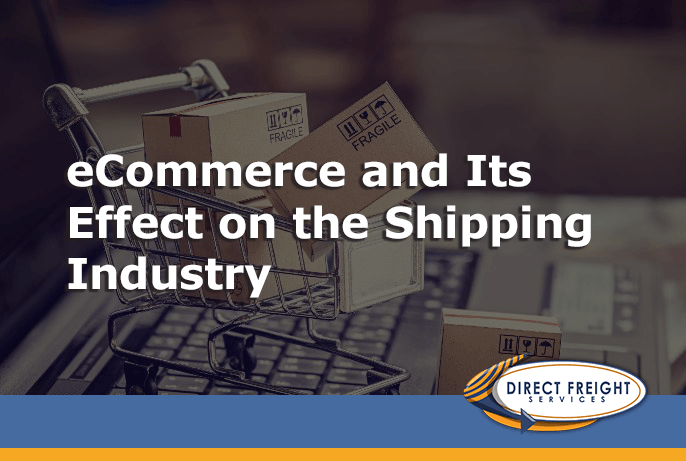The shipping industry is a constantly growing and changing industry. As a consumer of trucking-related software, it becomes more and more important that you adapt to the latest technologies to run the most efficient operation possible. Whether you’re a freight broker or a carrier, you want to provide a vital, superior service to your customers and to do this, you need high-quality load matching software that’s user-friendly, efficient, and won’t break the bank.
What to Look For in a Load Matching Software
All software is not created equal. Good load matching software should be streamlined and efficient, and have features such as:
- Load and Truck Searching – on your computer or your phone so you can be connected wherever you are
- Load and Truck Posting – to show availability
- Email Alerts – information on your loads and trucks sent directly to your inbox
- Credit Reports and Scores – so you know who you’re trusting
- Customization – get only the information you need and none that you don’t
- Load and Truck Search Filters – for more efficient searches
- Weather Information – so you’re aware of any weather-related delays
- Mileage Calculator – including tolls and how to avoid them
- Organization – manage all your loads
- Cloud-based
Why Cloud-based is Better
Having software that is in the cloud offers benefits to shippers, vendors, and truckers alike. Because it is managed in one central location, updates and changes can be done without disrupting user access. It can be accessed from anywhere using any mobile device, whether a laptop, iPad, or phone.
Cyber security is a top priority for every business, and because your data is in the cloud, it is automatically backed up so you don’t have to worry about power outages or viruses infecting your work computers or servers and destroying your data. And with no servers or software at your location, there’s no need to
Cloud-based software allows users to find and post freight from anywhere For truckers and carriers looking for freight, searches will always include the most up-to-date information. The streamlined process of a web-based system saves time and money. Such advantages are not merely for the large companies, however, web-based freight matching software can be accessed using an affordable monthly fee which allows it to be utilized by large companies or individuals, essentially leveling the playing field.
Direct Freight Services
The software offered by Direct Freight Services is your solution for finding freight whether your business is big or small. It has all of the services you need without complicated applications that you’ll never use. A small monthly fee grants you access to the simple, streamlined system where you can search for trucks if you have a load to transport or search for loads if you have a truck. Or, if you prefer, list your load or truck and let interested parties search for you. It couldn’t be easier. Its interface is direct and simple so your searches will be quick.
Our Direct Freight Software will make your operation more efficient, allowing you to move more freight with fewer people, and with the availability of credit information, you can minimize your risks and make informed decisions about who you’re working with.
To find out more about how our direct freight software can improve your bottom line, call (888)894-4198 or go here to sign up for a free 15-day trial offer. Start your search today!


